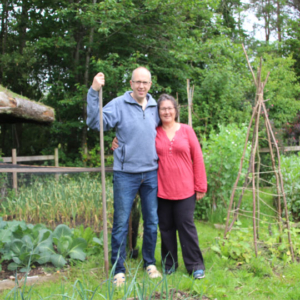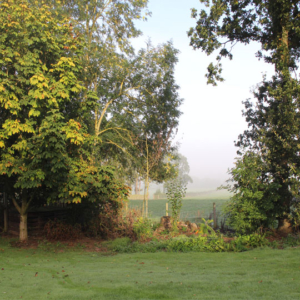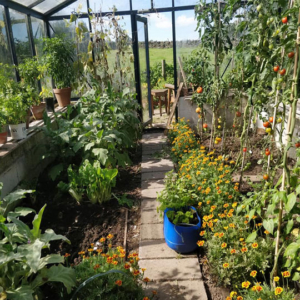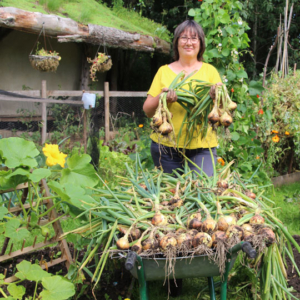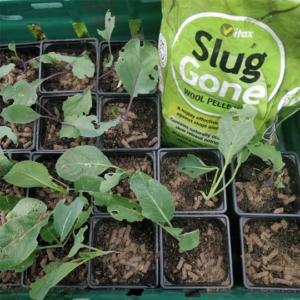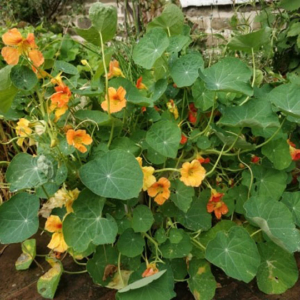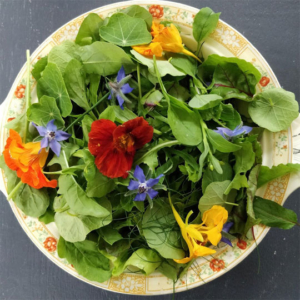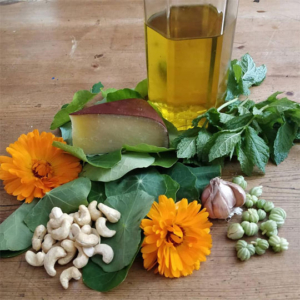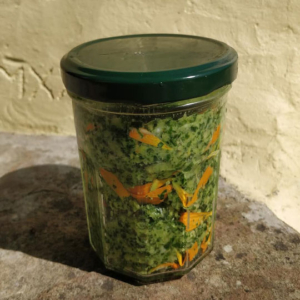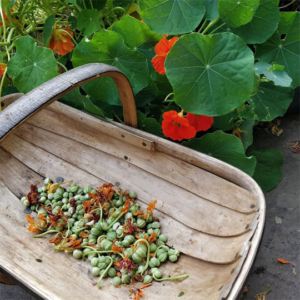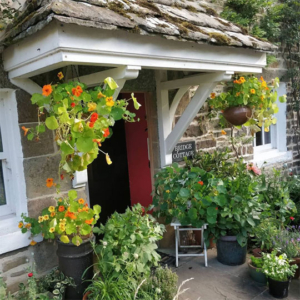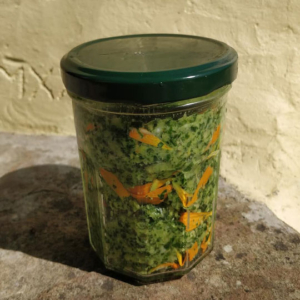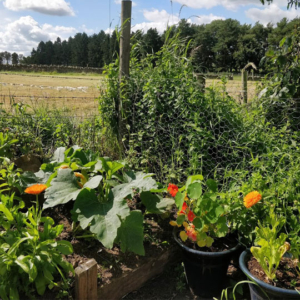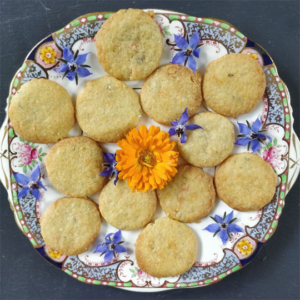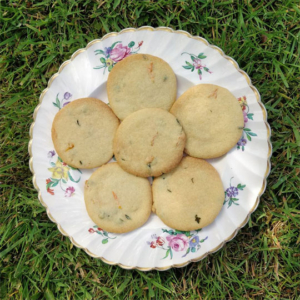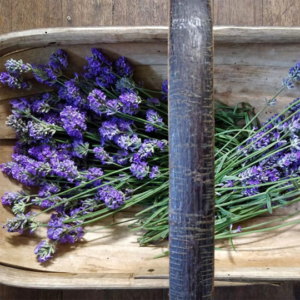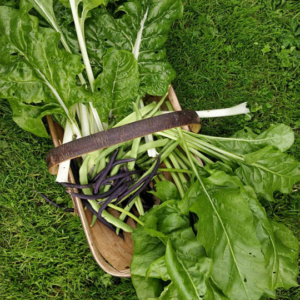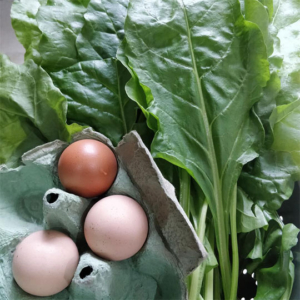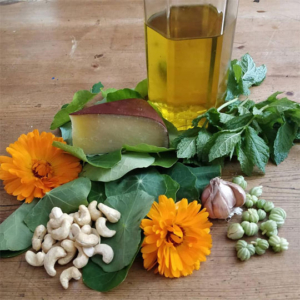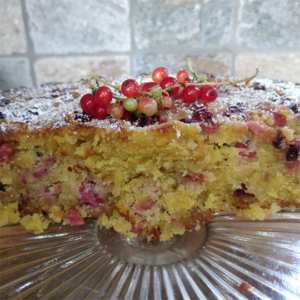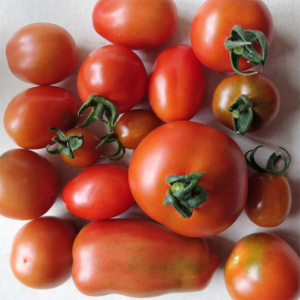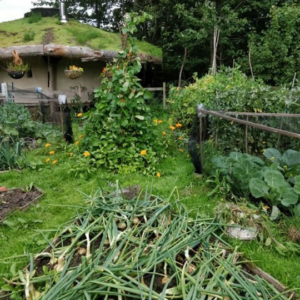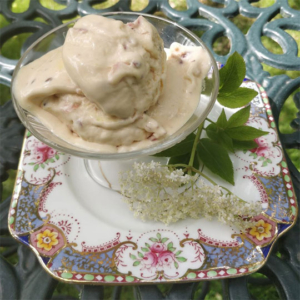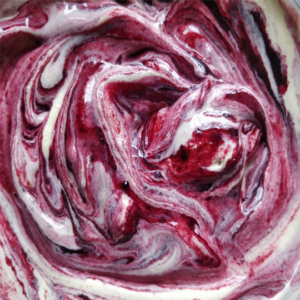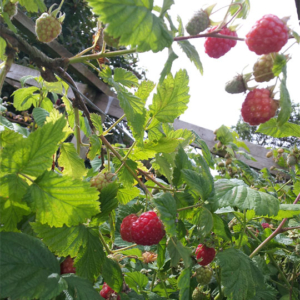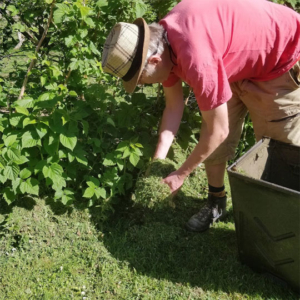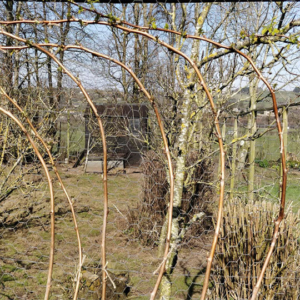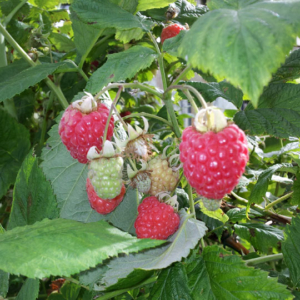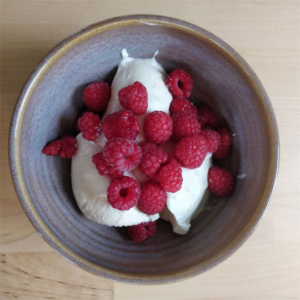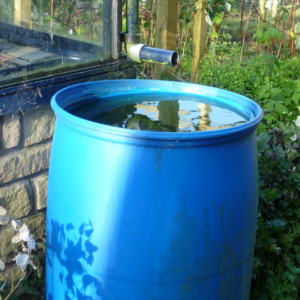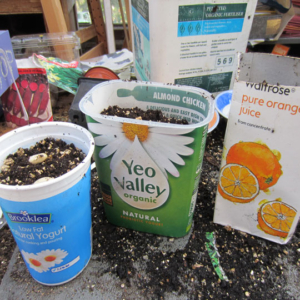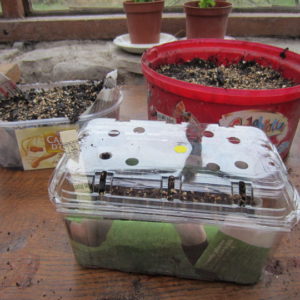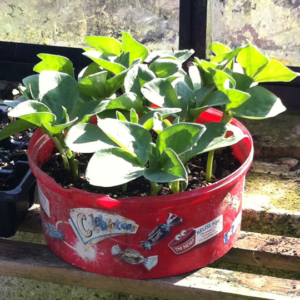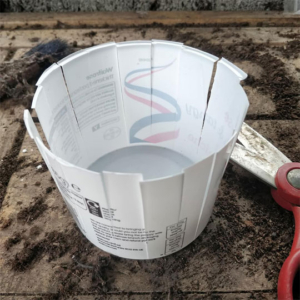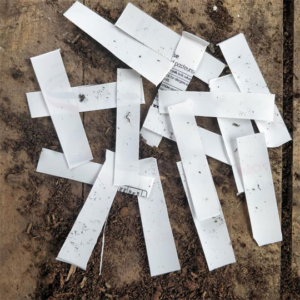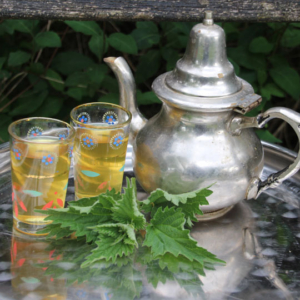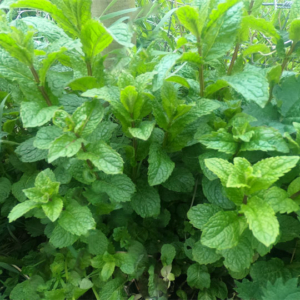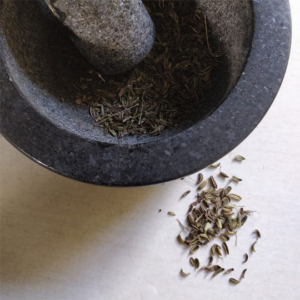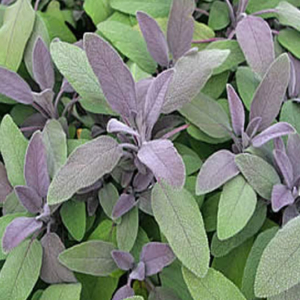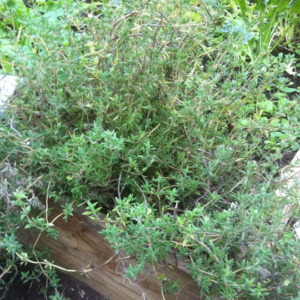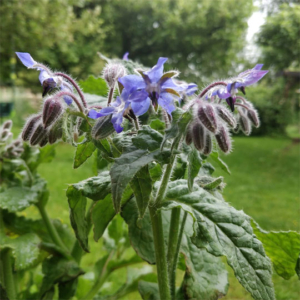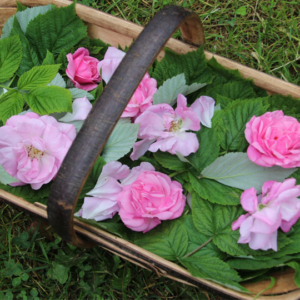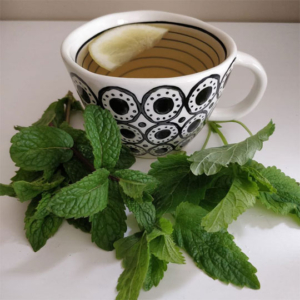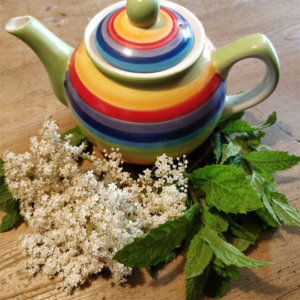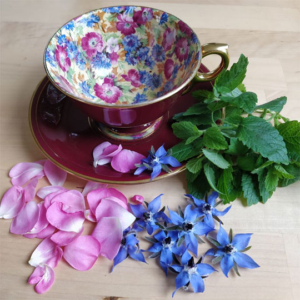Rosebay Willowherb Tea. Late Summer Foraging.
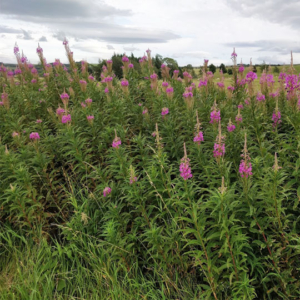
Rosebay Willowherb growing in Northumberland
Rosebay Willowherb is known as Fireweed in North America, after its tendency to spring up as an early pioneer on burnt land. In second World War Britain, it sprang up on bomb sites in London, and elsewhere, rising like the Phoenix from the ashes. In Clydebank in Scotland, it grew the bombed Singer Sewing machine site and was nicknamed Singerweed. Here in Northumberland it grows rampant along the roadsides and we even have a large patch alongside the burn in the Bridge Cottage garden.
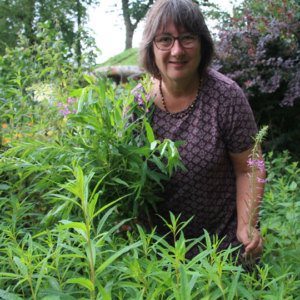
Foraging for Rosebay Willowherb
You may need to go further afield, and if you do, always remember to forage responsibly. Take only as much as you need, leaving plenty behind for wildlife, and do not go where you are not supposed to go.
I’ve mentioned my youngest son before, a lad full of surprises. Imagine my delight when I got a What’s App message from him, with photos of leaves he’d picked and a link to how to make Ivan Chai, or fermented Rosebay Willowherb tea. I’d heard that the leaves of the Rosebay Willowherb made a great green tea but had not heard of Ivan Chai.
A spot of research later, and I discovered this tea is a traditional drink and domestic medicine in northern and Eastern Europe. In Russia, its fermented leaves are known as Koporye or Ivan tea, while in Alaska, the flowers are a valuable source of nectar for honey and are made into jellies and syrups. I already had some dried leaves but thought this fermentation process sounded interesting yet simple.
Consulting my book about hedgerow herbal remedies* I read that Rosebay Willowherb can be made into a syrup which is excellent for treating childhood diarrhoea or irritable bowel symptoms (see recipe below), and infusions of the leaves have also been used for heavy periods. Modern research into Rosebay Willowherb has focused on its role in treating BPH (benign prostatic hyperplasia), inhibiting prostate cancer cell growth in animals and by inference, in humans.
To make Rosebay Willowherb tea:
Either dry the leaves and petals naturally (see post on drying herbs) or make your own fermented Rosebay Willow Herb tea, aka Ivan tea:
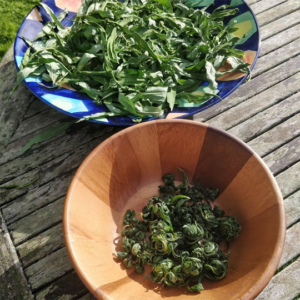
Rolling Rosebay Willowherb leaves to make Ivan Tea
Ivan Tea or Fermented Rosebay Willowherb Tea
- Pick the leaves from the Rosebay Willowherb plant, near the top.
- Leave to go limo overnight
- Roll into balls (you can roll a few leaves together)
- Put in a sealed container in a warm place for 24 hours. You can add rose petals for flavour
- Dry in a cool dry place, or in an oven on the lowest setting til thoroughly dried out. (I like to keep the oven door open slightly to let the moisture out
- Store in an airtight container once cool
- Drink and enjoy!

Rosebay Willowherb Tea. Ivan Tea
If you’d like to see a video of how it’s made, I’ll get one made, but in the short term, here’s someone to show you how:
YouTube video: Full process of making Ivan tea
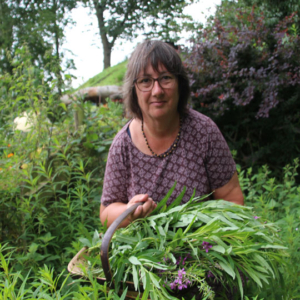
picking rosebay willowherb
Rosebay Willowherb Syrup*
20 flower heads
500ml water
100g sugar
Juice of a lemon
Bring flower heads and water to the boil and simmer until the colour leaves the blossoms, in about 5-10 minutes. Strain the juice and return to the pot.
Add the sugar and lemon juice and boil for 5 mins, allow to cool then bottle and label.
It will keep in the fridge for a few months.
This is a pleasant remedy for childhood diarrhoea and can be used for any case of intestinal irritation and loose bowels.
Give a tablespoon for adults, and a dessert spoon for children every few hours.
*Taken from Hedgerow Medicine: Harvest and Make Your Own Herbal Remedies by Julie Bruton-Seal and Matthew Seal
I hope you have found this first post on foraging useful. Watch out for more coming up as we go into autumn, and our hedgerows become abundant with brambles and other fruit.
Please forage responsibly – here is a guide to Foraging Guidelines from the Woodland Trust.
As ever, we’d love you to share your thoughts, either by leaving a comment here or on our social media pages, where this article will be shared.
You can find the Bridge Cottage Way on Facebook Twitter and Instagram.
You might enjoy some of the writing and ideas in other sections of this website, as we look towards leading more sustainable lives by growing our own food and creating dishes in line with seasonal eating, or head to our handy ‘Month by Month’ guides to find out what we have been doing here at Bridge Cottage as the months go by:
- Sustainable Living
- The Bridge Cottage Garden
- The Bridge Cottage Kitchen
- Month by Month
- Seasonal Recipes
- Foraging – Food for Free
Many thanks for reading.
With Facebook and Instagram algorithms being fickle friends at times, be sure to get all new posts from The Bridge Cottage Way by signing up for the mailing list here. This will go our four times a year, with the seasons in Spring, Summer, Autumn and Winter. We, of course, will not share your details with third parties, and you have the right to unsubscribe at any time.
